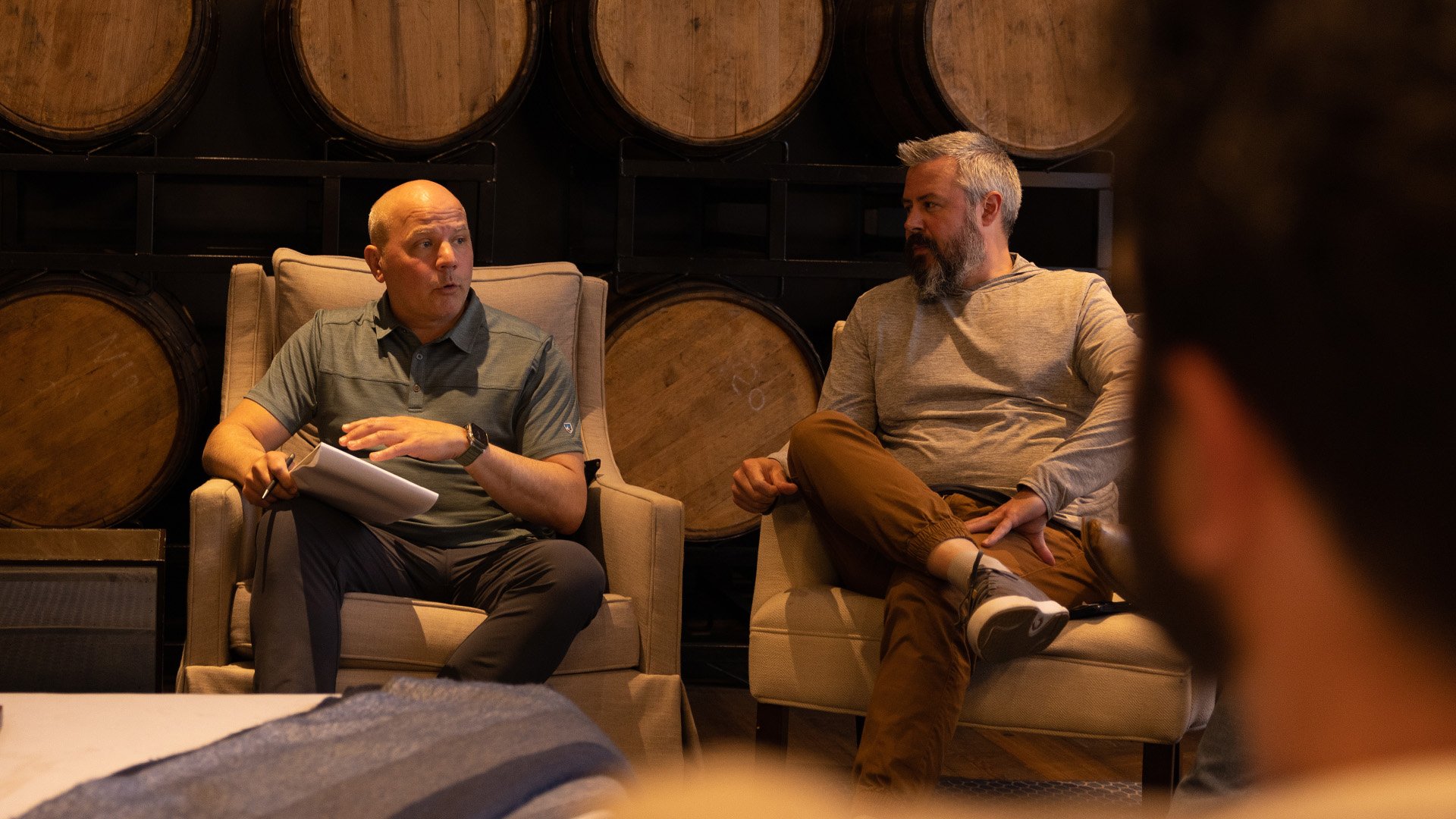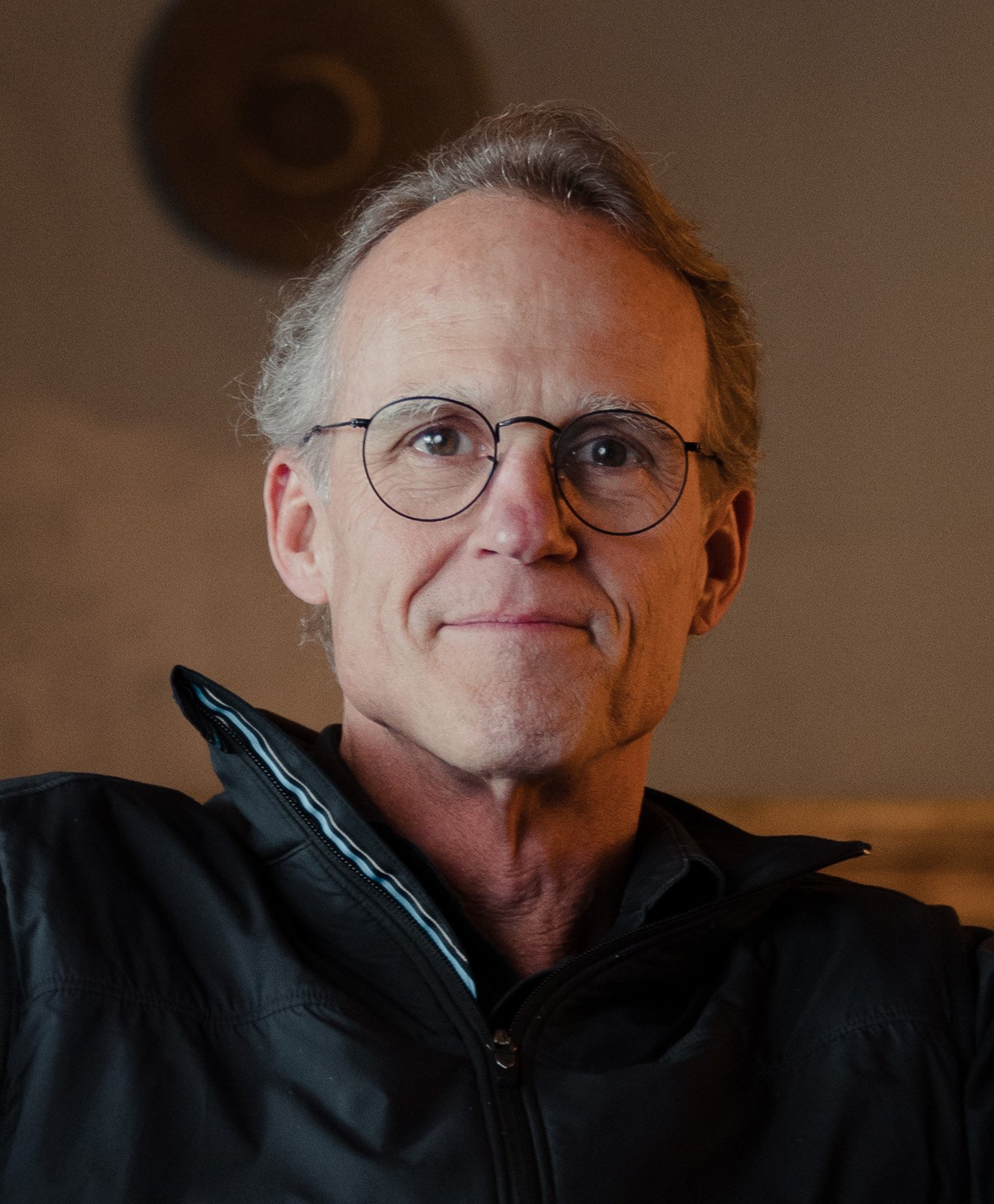4 Ways to Build a Brand That Lasts
Brand drift doesn’t show up all at once. It builds — one decision, one compromise, one subtle shift in focus at a time.
At first, everything seems fine. Your messaging still lands. Your team’s still energized. But over time, you start to notice small things: a version of your story that sounds a little too generic, materials that technically check the boxes but lack the spark you started with. And you realize the story you’re telling no longer reflects the company you’re actually building.
That disconnect is one of the clearest signals we get as founders. Not that something’s broken, but that we’ve moved off-center and it’s time to realign.
Every brand evolves. That part’s inevitable. Markets shift, teams expand, leaders rotate, priorities get reshuffled. That kind of change isn’t a problem. It’s the cost of growth. But through all of it, there’s one constant we’re responsible for as founders: protecting the souls of our companies.
Brand alignment isn’t about holding on tight to “the way it was” or resisting change. It means staying rooted in something deeper — a purpose, a promise to our Ideal Stakeholders.
So let’s explore four ways you can actually build a brand that lasts in spirit, in story, and in the everyday choices that shape it.
1. Build a Company with Soul
Over the decades I’ve spent as a founder, investor, and business coach, I’ve come to believe something pretty deeply: The best companies have a soul.
And I don’t mean a slogan or a clever mission statement. I mean something real — a set of convictions that shape how the company shows up in the world.
That soul starts with us as founders. It’s our vision, our Core Values, our way of seeing. All this should be embedded in how our company operates and what we choose to care about. When a company has soul, you can feel it. It’s in the strategy, the culture, the product, and every decision we make.
But here’s the challenge: As your company grows, that soul becomes harder to keep in view. New leaders join, which isn’t a bad thing, but they often see the world through a different lens. Their vision may not fully align with the company's original spirit. Things start to move fast as you scale, and without anyone meaning for it to happen, the original sense of identity starts to blur.
It’s not always obvious at first, and it rarely feels urgent, but the signs are there: a decision that doesn’t sit quite right, a cultural moment that falls flat, a customer experience that technically works but feels like it missed the point.
Those aren’t just surface issues. They’re reminders that it’s time to pause and realign. You can’t go back in time and change the past, but you can reconnect with what made the company worth building in the first place. Part of that is making sure you have the right people by your side who share your commitment to preserving the brand as it grows.
Starbucks is a great example. In the early 2000s, the brand had expanded fast (too fast), and the soul of the company started to erode. Stores became generic, and the customer experience was inconsistent. So Howard Schultz came back, shut down every U.S. store for a day of retraining, and brought the focus back to what made Starbucks meaningful in the first place. That wasn’t just about coffee. It was about values, consistency, and culture. It was a return to the soul.
As founders, our job isn’t to control everything. It’s to make sure the soul of the company is never up for negotiation.
2. Effectives First, Efficients Second
Lately, I’ve been thinking about a pattern I see in almost every growing company: the dynamic between what I call effectives and efficients.
Effectives are the people who see the bigger picture. They get the art behind the brand — the story, the Why, the emotional connection that makes people care. They’re tuned into the soul of the company and how that shows up in everything we do.
Efficients are our systems thinkers. They’re numbers people who focus on things like margins, repeatability, scale. They keep things moving, keep things clean, and help us grow.
We need both to build a great company, but the order matters.
Efficiency should serve effectiveness, not the other way around. When efficients start calling the shots without understanding what made the company meaningful in the first place, that’s when brand drift sets in. You get decisions that look good on a spreadsheet but chip away at the deeper story, the soul of your company.
And here’s the real risk: When you veer too far from the soul, the people who were drawn to it in the first place (your Ideal Stakeholders) start to sense it. They may not say it out loud, but the doubt creeps in: Is this still the company I believed in? Do these decisions still reflect who we said we were?
It’s not about choosing between art and science. It’s about making sure the science doesn’t erase the art.
3. Play the Long Game
Founders aren’t just strategic leaders. We’re keepers of culture. We define the Forever Agreements, the nonnegotiables that say, this is who we are and this is why we exist. And it’s on us to reinforce those every day.
That doesn’t mean resisting change. Actually, it’s the opposite. It means evolving without losing sight of what made the company meaningful to begin with. We protect the soul.
You don’t build something that lasts through catchy marketing or short-term wins. You do it with steady alignment, reinforced over time by a team that knows exactly what game they’re playing and why it matters. If your team isn’t clear on what you’re building and why, your brand will drift, no matter how polished your website is or how well the product performs.
I’ve seen this time and time again. If the other leaders making decisions don’t understand and respect the soul of the company like you do, things start to slide.
If you want to play (and win) the long game, you have to know where you’re going. Think of it this way: When you play a game once, luck matters a lot. But when you play that game hundreds of times, your success depends on skill and understanding.
That’s why keeping things simple gives you an edge. It helps you maintain focus, clarify your principles, and get rid of all the outside noise that can cloud your ability to make decisions for the good of your company. When your strategy is simple and everyone gets it, they can work toward your vision with confidence and consistency. Over time, that’s what compounds.
4. Build for Longevity
If you want to build a brand that endures through leadership changes, market swings, and inevitable evolution, you need anchors. These four elements are the raw materials of any resilient brand:
- Passion is your North Star. It’s what fuels your daily grind and keeps you showing up, even when it’s hard.
- Purpose is what gives your Work meaning, the Compelling Why that makes the long hours and difficult days worth it.
- Potential keeps you focused on the future. You’re not just building a business, after all — you’re building a legacy.
- Principles keep you grounded. They’re the compass you turn to when the way forward isn’t clear (and trust me, it won’t always be).
The key is finding the intersection of all these — and then asking yourself if these ingredients can continue to nurture and guide you for the next 10–20 years. Because that’s what it takes. Longevity isn’t built on bursts of energy. It’s built on clarity, commitment, and a willingness to keep going long after the early excitement fades.
When those things align — when you’re clear on what drives you, where you’re headed, and what you refuse to compromise on — you build a brand with staying power. One that can grow and evolve without losing sight of your vision.
It Starts and Ends With You
Brand drift will happen. No matter how clear your vision, with growth comes complexity (and the risk of losing touch with what made your company matter in the first place).
But if you’ve built with intention and protected the soul of your company, you can realign. You can bring the story back into sync with reality. You can reconnect your team, your message, and your market.
Because a great brand isn’t just about design or tone or even product. It’s about alignment between who you say you are and how you show up, day after day, decision after decision. And that starts and ends with you.
So keep the compass close and protect the soul of your company. And play the long game.
Because in the end, great brands stand for something — and they keep showing up in ways that prove it, year after year.
Want more on this topic? Check out the episode of the Founder’s Framework podcast.



.jpg?width=500&name=large_Why_I_Love_Pig_Founders_Blog_Header_1920_x_1080%20(1).jpg)

.jpg?width=500&name=large_Generic_Blog_Header18_1920_x_1080%20(1).jpg)